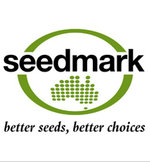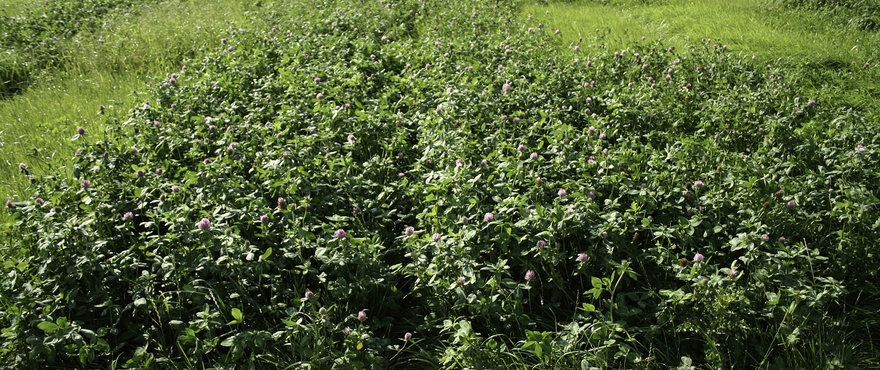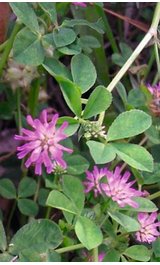This annual legume is mainly used for winter and spring forage production in regions with very mild winters. Persian clover is one of the highest yielding annual legumes and is adapted to neutral to alkaline soils. The species can be subdivided in two subspecies: the more prostrate growing and earlier heading type (spp. Resupinatum) and the more erect growing type (spp. Majus). Last mentioned type is also referred to as “Shaftal clover”. Both subspecies can be used in a monoculture as well as in mixtures and are tolerant to waterlogging. Some Persian clover varieties have a high level of hard seeds, meaning it can regenerate in a pasture for a prolonged period.
Nitro Plus characteristics
Rainfall required: 400mm+
pH-range (CaCl2): 5,5 – 8,5
Flowering: Early / Mid-season
Self-regeneration: Good
Growth habit: Prostrate to semi-erect
Establishment: Fast
Application: Silage, grazing
Sowing rate: 3-5 kg/ha, in mix with grasses and legumes




